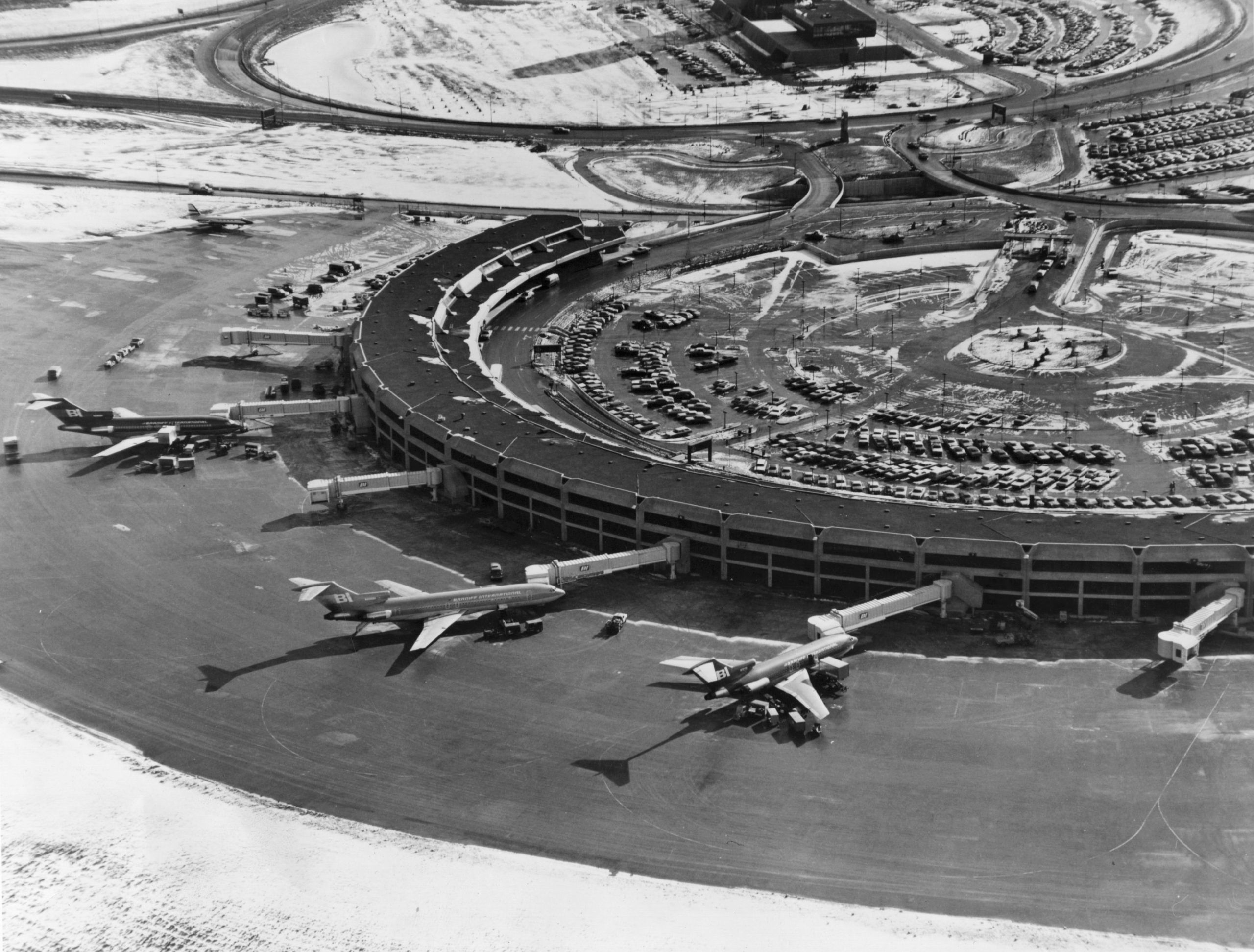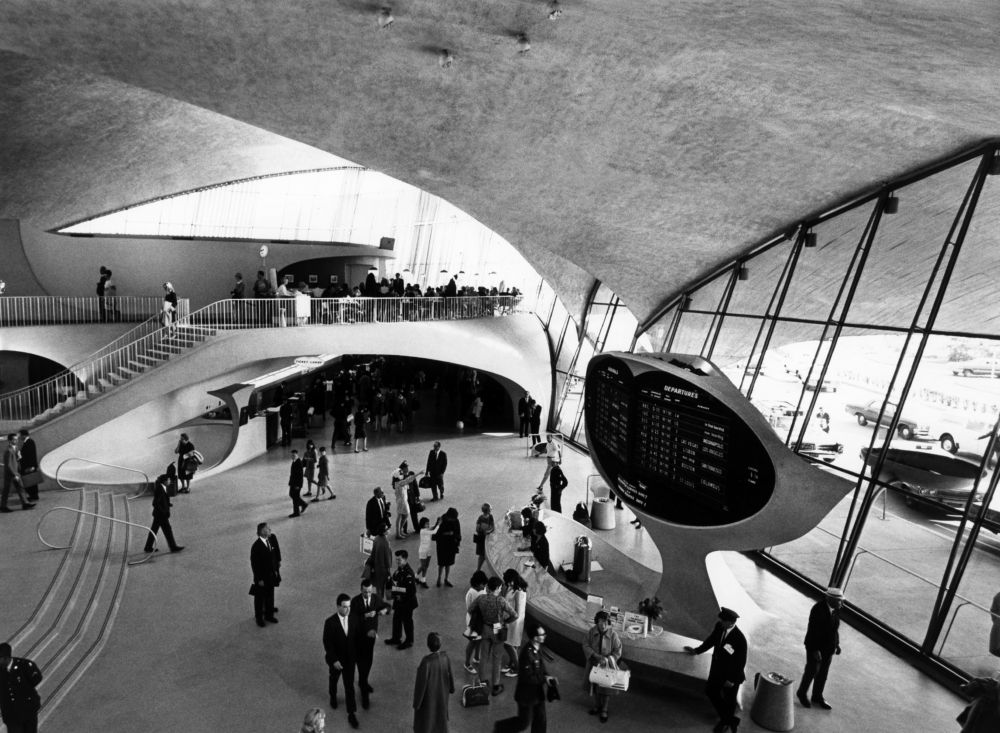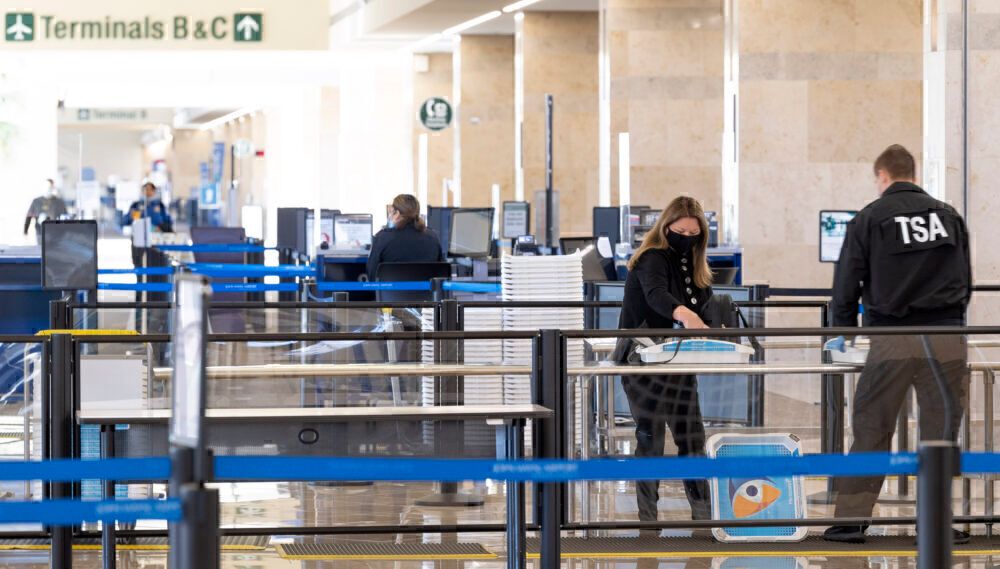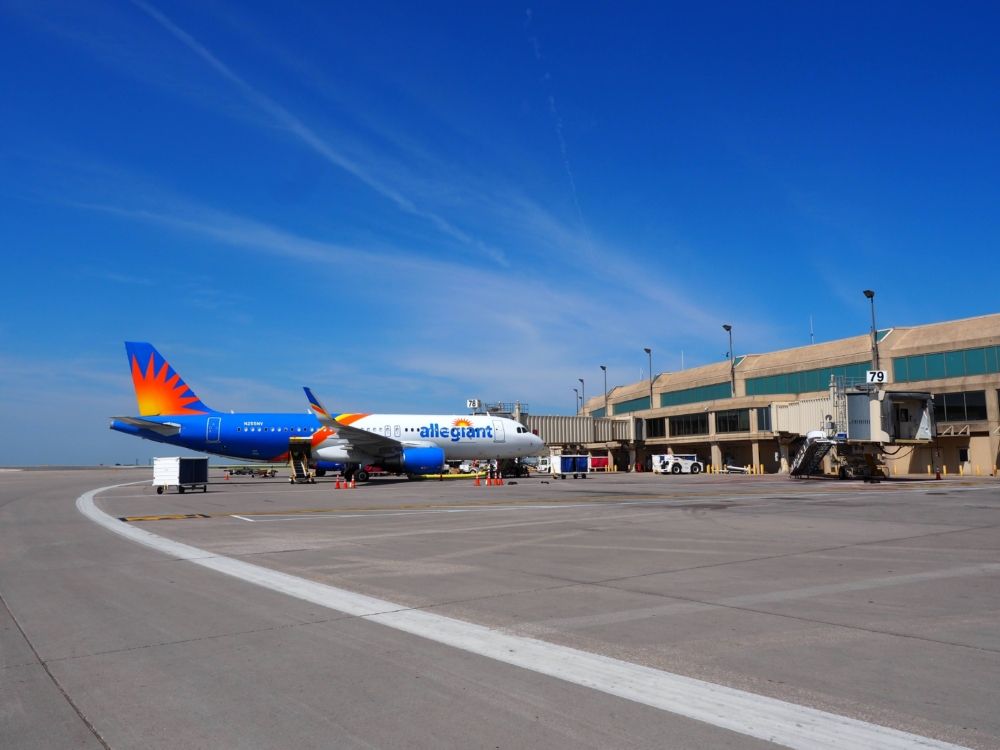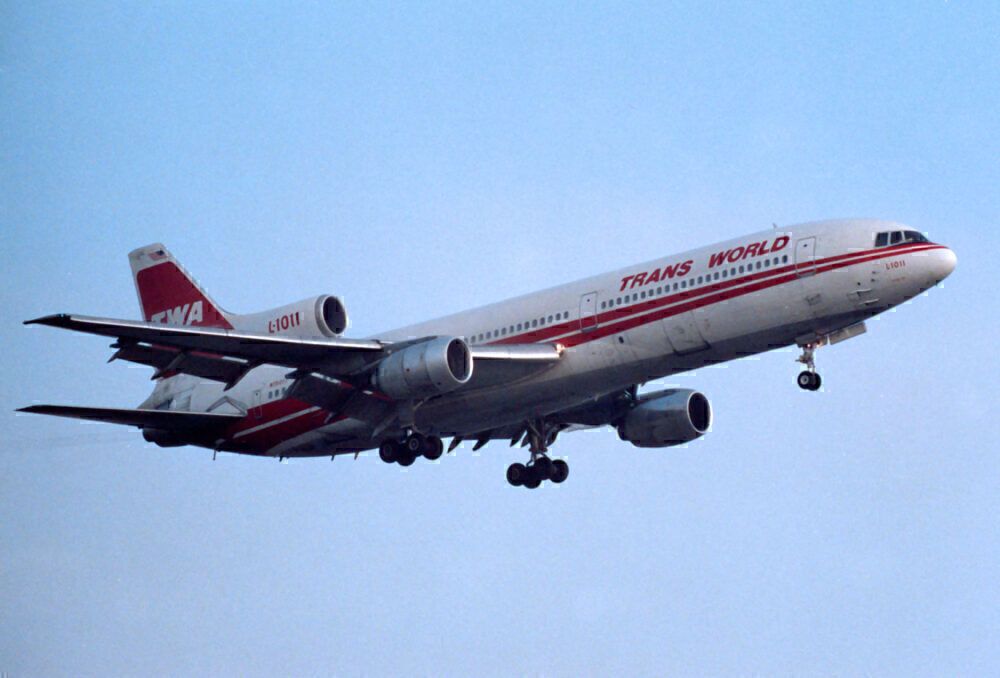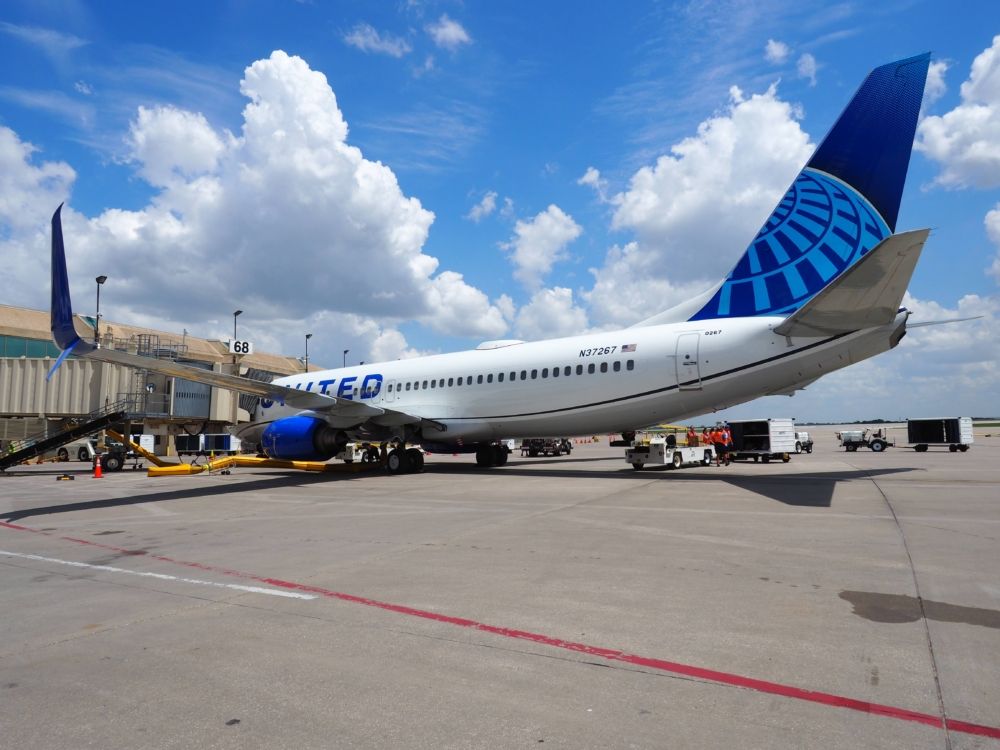Kansas City International Airport (MCI) began as a modern, forward-thinking airport that was on the cusp of being a major hub for Trans World Airlines (TWA). However, just 26 days after the opening of the brand new airport, the landscape of aviation had changed forever, and the new airport suddenly became impractical. The airport faced the possibility of a complete reconstruction to meet TWA's needs. Here is how MCI got its structure.
TWA takes the lead in Kansas City
Justin Meyer, Deputy Director of Aviation – Marketing and Air Service Development at Kansas City International Airport, discussed the airport's past with Simple Flying. In the early days of the airport coming together, TWA took the lead. As he explained:
"The story of the Kansas City International Airport is interesting in that, of course, TWA, when we were constructing the original three horseshoe-shaped terminal complex, TWA was in the driver's seat, and really wanted to construct an airport terminal complex in a way that hadn't been done before and a real focus on what they call "drive to gate," convenience, where passengers could, literally, park their car, walk in, and then get on an airplane and take off, and in some cases, at that point, then buy their plane ticket. It was the idea for something completely different."
In the late 1960s and early 1970s, TWA was one of the leading airlines in the United States in a regulated air travel market.
One of the key airport innovations TWA made was the construction of the TWA Flight Center at New York's John F. Kennedy International Airport (JFK). In the 1960s and 1970s, the new facility was known for having large windows, an iconic exterior design, and the ability to handle widebodies in an era where large aircraft were proving vital in international transport.
Kansas City's new airport served as a blank slate for TWA. In fact, the airline had huge plans for the airport. When Kansas City's airport was entering development, TWA had an order for Boeing's supersonic passenger aircraft and planned to use Kansas City as a gateway for supersonic traffic.
Ahead of the arrival of supersonic aircraft, TWA wanted to make things easy for its customers with the drive-to-gate concept. The idea was that customers could get to the airport and board their flight hassle-free.
How the airport became outdated only 26 days after opening
On November 10th, 1972, Southern Airways flight 49 was hijacked. The DC-9 aircraft was scheduled to fly domestic operations in the southeastern United States. The most alarming part of the hijacking was the threat of crashing the plane into the Oak Ridge, Tennessee nuclear research facility if the hijacker's ransom demands were not met.
The incident, unfortunately, coincided with the opening of the new airport. As Mr. Meyer explained:
"When we opened the new terminal complex, the three horseshoes with drive-to-gate design on November 11 of 1972, there were two two headlines on the front page of the local newspaper. The first one on the left side was that we opened the new terminal – Kansas City International Airport opens – the other side, the right side, was about the hijacking of Southern Airways flight 49."
While the hijacking ended without fatalities, the hijacking led the Federal Aviation Administration (FAA) to reconsider airport and aircraft security. After it seized the public's attention and led to fears over using aircraft for terrorism that could put lives at risk, it prompted the agency to act.
Just 26 days after opening, the FAA introduced a new requirement: passengers and bags would need to be screened at airports before departure.
Kansas City has a problem
26 days after opening a multi-million dollar new facility, the airport was in a bind over the new requirement from the FAA. While other airports were able to adapt to the new requirements, there was a problem facing Kansas City:
"When you look at how the three horseshoe shaped terminals were laid out, all amenities that the customers would use were on the curbside. All the amenities that the airlines would use were on the air side, so ticket counters, passenger boarding bridges of course, on the air side, but on the on the curbside, where the cars were, that's where the restrooms were, that's where the concessions were. Less than a month after opening we had to come up with a plan to try to create secure and non-secure space inside a terminal that was only 70 feet deep."
While airports have made the horseshoe-style layout work, take a look at Dallas/Fort Worth International Airport (DFW), Kansas City's airport was not deep enough to create security checkpoints and have passenger amenities in the secure airside part of the terminal.
Stay informed: Sign up for our daily and weekly aviation news digests
TWA leaves Kansas City
TWA recognized that the terminal layout at Kansas City was not going to work in the long term, and even the airport recognized the layout was not conducive for air transportation. The problem came down to a continuously changing airline industry.
In 1978, President Jimmy Carter signed the Airline Deregulation Act into law, removing the Civil Aeronautics Board's power over fares, routes, and airlines' networks. This put TWA in competition with plenty of other airlines, including new entrants in the market.
The cost of rebuilding the airport was something neither TWA nor Kansas City could stomach. Given the inefficiencies of the existing airport, the airline began its move from Kansas City to St. Louis, though it kept a maintenance center at MCI.
Kansas City is now getting a new terminal
49 years after the original horseshoe-style terminals opened, Kansas City is now in the middle of construction on a brand new terminal that will replace the outdated structures.
The old terminals failed to deliver a world-class experience for Kansas City travelers. As a way to pay back the community and travelers after nearly half a century of a terminal structure that did not allow for a great number of amenities, the airport is gearing up to offer its passengers amenities like upgraded restrooms, a mediation room, a multi-sensory room, and airplane experience room among all the new concessions, larger gate areas, and a terminal with the flair that reflects what Kansas City is known for.
Though not a complete story of Kansas City's airport and the rich history it has witnessed, the airport is eagerly awaiting the opening of the brand new terminal that will bring MCI into a new, modern era.
Do you remember the drive-to-gate experience in Kansas City? Are you looking forward to the new terminal? Let us know in the comments!

